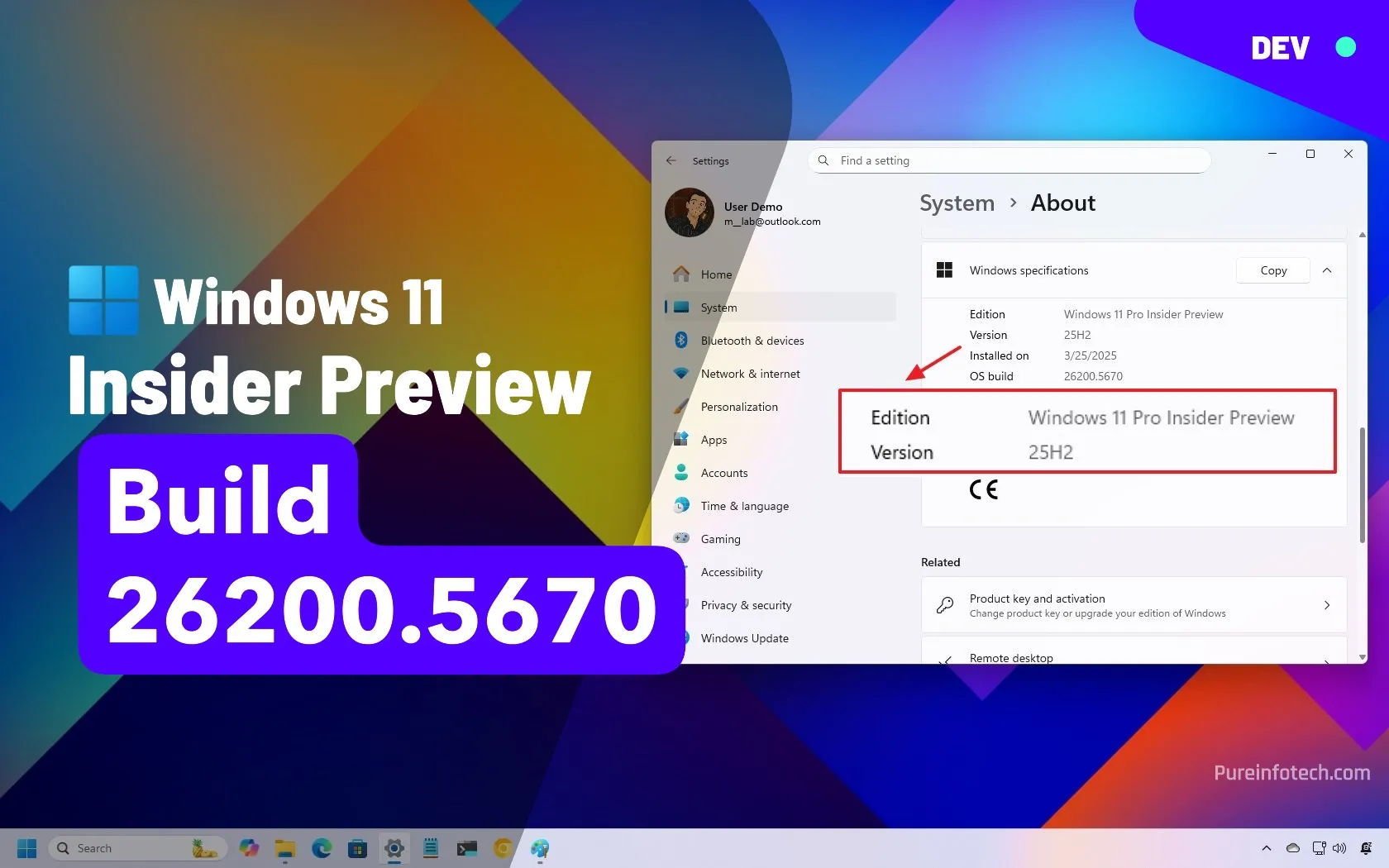What is geotargeting? Can you avoid geotargeting with a VPN?

Have you ever noticed how adverts know where you are? Businesses use geotargeting to design ad campaigns based on location data. This allows them to target ads regionally. Thankfully, you can improve your privacy and avoid geotargeting using a VPN. You can also use a VPN to see ads for a different location. This is useful if you are on vacation but want to see search results and ads for your home country or city.
A geotargeted marketing strategy allows companies to earn a greater Return on Investment. By geotargeting based on an individual’s geographic location, companies can serve relevant content and personalized ads. This reduces ad waste by showing consumers products and services they are more likely to purchase.
Imagine that you live an hour’s drive from the nearest town. The only stores nearby are BestBuy and Walmart. Thanks to geo-targeting, these stores can target ads directly to you. They know your circumstances make you a more lucrative target than someone living in town.
This type of ad targeting happens all the time. Whether you search on Google or visit individual websites, the ads you see are nearly always tailored to you. Ad targeting leverages your previous searches, web visits, purchases, preferences, and location.
This combination of data is highly effective at driving sales but also results in privacy concerns. In this guide, we explain geotargeting, how it works, and why it is a good idea to use a VPN to stop companies from using geotargeting on you.
What is Geotargeting?
Geotargeting is an ad-targeting practice that allows websites to target ads and content based on a user’s geographic location. Marketers use location data like IP addresses and GPS coordinates to show ads more relevant to the user’s location.
Whether in London or Tokyo, geotargeting ensures that the ads you see align with your current surroundings. This helps businesses avoid serving ads that are irrelevant to users in a specific area. It also helps improve ad targeting based on what is happening or what is available in a specific location.
Businesses use geo-targeting to create a more personalized experience and boost local Search Engine Optimization, ensuring content relevance and engagement with ads are optimized as much as possible.
Geotargeting allows advertisers to constantly tailor their content based on the physical location of their audience. Perhaps you live in Miami near a beach, and when you go on the Sports Direct website, you might see a promotion for sandals. Or, if you live in northern Canada near the mountains, you might be served an advert for hiking boots.
This targeted approach to advertising ensures that people don’t see ads that waste screen space and revenue. It even allows companies to target users with notifications about a sale happening just a block away—this kind of geotargeting creates relevance and vastly increases the chance that an ad might generate a sale.
What are the benefits of Geotargeting?
Being served irrelevant ads is wasteful for the advertiser and the individual who sees the ad. Have you ever been on holiday and seen ads for stores and services you will never go anywhere near? This experience is common, so many people pretend to be back home using a VPN.
Using a VPN to change your geo-location lets you use Google as if you were home. This instantly changes the ads you see and improves the relevance of search results.
Now imagine if adverts were always random. It would be annoying to see ads for stores in Paris while relaxing on the couch in Seattle. The most significant advantage of geotargeting is that it helps companies to provide personalized experiences.
Although this can have some negative connotations due to privacy and profiling, it is generally believed to enhance user experience. Most importantly to advertisers, it makes you far more likely to engage with content and spend your hard-earned cash.
Businesses can use geotargeting to reach the right customers by focusing on specific areas. This helps them attract local audiences more effectively. Geotargeted ads also help brands establish authority by showing their audience they understand local needs and desires.
Subtle manipulation
When companies show you ds that make sense for your area, it boosts engagement and creates a sense of personal connection with the brand. Serving relevant content always leads to higher engagement rates. Even people who claim “adverts never work on me” are being subconsciously influenced.
The more targeted marketing, the better the UX (user experience). This makes consumers feel valued and understood, which makes ads less intrusive and more palatable—even though they have a greater influence on individuals!
What are the disadvantages of geotargeting for consumers?
As mentioned, geotargeting is highly effective at driving sales. Exposure to target ads may lead to subtle manipulation, causing you to spend more money than you realize.
Perhaps you regularly order pizza after seeing an advert on Google? Or maybe you have a collection of designer perfumes that keeps growing even though you have enough fragrances to sink a ship?
Unfortunately, geo-targeting and personalization have been proven to manipulate and influence shoppers very effectively. Cunning advertisers are forcing us to make many of the unhealthy decisions we make—from drinking alcohol to eating takeaway.
Besides subtly manipulating our daily actions and purchasing habits, geotargeting also causes other drawbacks for consumers. Perhaps most importantly, there are privacy concerns.
Are companies following me around?
Geotargeting relies on the collection of location data, which can feel intrusive, particularly when you realize that location tracking provides more than just the city you live in.
Nowadays, GPS and cell tower tracking allows apps and services to track the street you live on, the borough you go shopping in, and the area where you work. This enables marketing companies to engage in detailed profiling.
Where you live and work can reveal that you have more money, leading you to see different ads. This type of personalized geotargeting is designed to fleece you of more cash. Understandably, not everyone is comfortable with advertisers knowing their whereabouts.
This feeling of being constantly monitored makes some users uneasy. It contributes to a sense of over-personalization, including the feeling that apps are listening to conversations. Privacy-enabling technologies are a way to gain refuge from overreaching advertisers and to prevent data collection.
How geotargeting works
Geotargeting uses a variety of tracking methods to track your location. Websites, apps, and third-party tracking scripts embedded into websites check for the following information:
- IP address
- GPS coordinates
- Cell tower information
- Wifi network information
- Device IDs
All of these data points provide information about where you are. When used in combination, these tracking services can give advertisers a shocking amount of information about your daily movements and habits. They exploit this for profiling purposes and to deliver content specific to your current location.
Your ISP assigns you an IP address that reveals your general area and your online activities can be tied to that IP address. Websites use your IP to track your general location and to know which websites you visit and how often.
This kind of tracking becomes even more invasive when marketing companies and tracking scripts follow you around the web, from social media to search engines and individual shopping sites.
Allowing apps to use GPS to pinpoint your exact location adds yet another way to track you. This can give advertisers much more precise data relating to your movements, including the ability to deduce details about where you live and work.
In addition, wifi networks, device identifiers, and cookies lodged in your browser allow marketers to locate you even more precisely, potentially allowing them to know which building you are in (and potentially even which floor you are on if they leverage 5G cell tower info).
Once your location is known, advertisers will serve ads that are relevant to your surroundings, such as promotions for a nearby restaurant or a sale happening at a local store.
How geotagging works main takeaways:
- Geotargeting relies on collecting personal data, which raises significant privacy concerns.
- Companies freely sell and share data online, which means that your personal information may be available to data brokers and people-finder sites.
- If personal data is mishandled or ends up in the wrong hands, it can be exploited.
- Geotargeting may lead to discrimination or limited access to content based on geographic location. This can create an uneven or prejudiced experience for users living in different areas.
Can I avoid geotargeting?
Yes. The best way to avoid geotargeting is to use a Virtual Private Network. A VPN is an online tool that encrypts your internet connection and tunnels your data to a remote server location. This process hides your IP address from the websites you visit, allowing you to pretend to be in a different location.
When you use a VPN, you confuse advertisers and receive adverts meant for a different place. You also prevent websites from being able to follow you around using your IP address. This removes a significant layer of tracking, which helps to improve your privacy.
However, it is essential to understand that apps and services may still use other tracking forms. Suppose you are logged into an account like Facebook, Instagram, or Twitter. Your activities on those platforms (including who you follow and the posts you interact with) will provide information about you.
This means you must treat a VPN as part of a broader privacy strategy. Later in this guide, we have provided additional tips to improve your online privacy.
Why should I use a VPN to avoid geotargeting?
A VPN is the easiest and most effective way to start improving your online privacy today. Using a VPN confuses the websites you visit and makes it much harder for websites and services to track you.
Many websites and services collaborate with marketing companies such as Google, Meta, Amazon, Microsoft, Adobe Experience Cloud, Criteo, Quantcast, AppNexus, Taboola, Xandr, and Outbrain.
These services track you whenever you visit a website using your IP address. A VPN solves the problem by hiding your location to prevent profiling and geo-targeting. You can use a VPN to confuse websites by masking your IP address or to tell websites you are in a different location (which can let you bypass geo-blocks).
VPN location spoofing advantages
A VPN can help you avoid geotargeting and manipulate it to your advantage! By using a VPN, you can choose your IP address at will, which provides numerous benefits.
Imagine, for instance, you are going on a once-in-a-lifetime trip around the world. If you purchase all of your tickets using your home IP address, this could increase the cost of the trip. Instead, consider using a VPN to switch your location and purchase flights using an IP address in each of the countries you will be visiting.
This strategy can substantially lower the cost of purchasing hotels, travel tickets, games, software, and other products and services.
You may want to use a VPN to change your location while on vacation or traveling for work. This will enable you to see search results and geotargeting based on where you usually live. It also allows you to use the internet in your own language and see results and adverts relevant to your usual situation back home.
Avoid tailored ads with a VPN
When you hide your location with a VPN, advertisers can no longer access accurate geographical data. This removes a significant layer of tracking, which causes tailored ads.
You can also use a VPN to pretend to be in a different country. This will let you watch regional TV services and streams. This is ideal if you want to watch home TV while on vacation or play a game server back home while traveling or living overseas.
By preventing personalized ads, a VPN will give you a more private browsing experience.
WANT TO TRY THE TOP VPN RISK-FREE?
NordVPN is offering a fully featured, risk-free 30-day trial if you sign up at this page. You can use the VPN rated #1 with no restrictions for a month—great if you need time to test if it’s the right VPN for you.
There are no hidden terms—just contact support within 30 days if you decide NordVPN isn’t right for you, and you’ll get a full refund. Start your NordVPN trial here.
How to use a VPN to avoid geotargeting
Below, we explain how to use a VPN to avoid geotargeting:
- Choose a VPN that works to prevent geotargeting: We recommend NordVPN, Surfshark, or IPVanish. These VPNs offer secure connections and work to prevent geotargeting in any country or network. They also provide watertight privacy to stop local networks and ISPs from monitoring your activities.
- Navigate to the VPN’s website. Using our link will allow you to get the VPN at the lowest possible price. We have special coupons implemented on our links that ensure you get the best price.
- Subscribe to the VPN. You can get a better price by subscribing for a longer period of time. You can also test any of our recommended VPNs risk-free thanks to its money-back guarantee.
- Download and Install: Install the VPN app onto your device and sign in. Our recommendations have apps for all popular devices and operating systems. This means you can use the VPN on a smartphone, tablet, desktop, and other devices such as Firestick or Linux machines.
- Connect to a Server: Select a server in a different country or city—this will mask your real location and stop geotargeting.
What are the best VPNs to avoid geotargeting?
Here’s our list of the best VPNs for avoiding geotargeting
- NordVPN: The best overall VPN to avoid location tracking and geotargeting. Works to get an IP address in over 100 countries. Lets you bypass blocks at work, in school, and on public wifi. Works with Netflix, Hulu, HBO Max, BBC iPlayer, and many more. Highly secure and fast. Test it risk fee using its 30-day money-back guarantee.
- Surfshark: Best low-cost VPN to avoid geotargeting. Perfect for families thanks to its unlimited connection allowance. Works with dozens of international streaming services, Excellent speeds for gaming and torrenting. 30-day money-back guarantee.
- IPVanish: A US-based VPN with a choice of servers in 18+ US cities. Works to change your IP address to over 50 countries, including multiple US states to avoid blackout games.
- ExpressVPN: A reliable and versatile VPN. ExpressVPN offers its open-source, proprietary protocol Lightway. It offers fast speeds and seamless access to regional content and services such as Netflix USA.
- CyberGhost: Ideal for beginners. Makes it easy to choose a server based on your needs. Robust encryption at an excellent price point. 45-day money-back guarantee.
- ProtonVPN: A highly advanced VPN. This is the best option for users who want advanced features such as port forwarding for torrents. Wors to avoid geotargeting and to switch your location to manipulate geotargeting.
Tips to improve online privacy
Here are seven important tips to improve your online privacy:
1. Avoid sharing personal data online and when joining services
Always consider whether you need to provide data to the services you use. When completing the “About me” section of social media services, for example, refrain from providing your address, telephone number, and other private information. This will stop the platforms from not only having your data but potentially sharing it with third parties.
2. Make your posts and information private
Use the privacy settings available to ensure that your posts aren’t made public to everybody. Public posts can be scraped by data brokers and other unwanted third parties including scammers who leverage data for phishing and other nefarious activities such as ID theft and fraud.
3. Provide fake details when possible
In some situations, you can provide false information. For example, when you join a public wifi hotspot in a mall or coffee shop you can often provide a fake name and email address to join free wifi. This removes a layer of tracking and helps prevent your data from being disseminated.
4. Remove your data from data brokers and people finder sites
There are hundreds of data brokers and people search sites like Instant Checkmate, Spokeo, White Pages, CocoFinder, Radaris, and Intelius. These sites collect your data from hundreds of different public databases, compile it, and sell it. Unfortunately, they don’t ask for a reason when someone wants to purchase your data. This means that data brokers and people search sites will sell your data to hackers, scammers, and other unwanted people (stalkers, cyberbullies, ex-lovers, and many other people you may not want to find you). The best way to remove your data from people search sites is by using Incogni.
5. Install privacy-enabling browser extensions
A VPN is by far the best way to stem the flow of your personal information. However, there are other important extensions you can use alongside a VPN to improve your privacy. We advise using browser extensions like Privacy Badger, Adblock Plus, uBlock Origin, and NoScript to block ads and third-party tracking scripts.
6. Use a forwarding phone number or email address
When you join apps and services you may be asked to provide an email address or phone number. By using a forwarding number (Google Voice) or forwarding email address, you can join services without handing out your primary email address. This helps to protect your privacy.
7. Clear your cookies and cache
Cookies left in your browser can conflict with your VPN and provide websites with information about who you are (and where you are). You can clear your cookies to reset everything or use Incognito mode (private browsing) to access services without engaging the cookies left in your main browser.
Geotargeting vs. Geofencing – What is the difference?
Many people confuse geotargeting with geofencing. However, each uses a different approach to location-based marketing.
- Geofencing involves setting up a virtual perimeter around a specific area. This allows advertisers to target people within a specified geo-perimeter with targeted ads or notifications. For example, you could receive a coupon or an advert for a coffee shop when you enter a mall.
- Geotargeting delivers ads or content based on the user’s general geographic area without using a boundary to trigger an event or notification.
Both these methods use location for targeting. However, geotargeting is used to reach people in a particular city or neighborhood rather than just those entering a specific perimeter within that town, city, region, or state.
What is radius targeting?
Radius targeting is a type of geofencing that uses distance to target users. When using this technique, advertisers define a particular radius to target. For example, a radius of five miles around a store. They target users in that area with ads or notifications. This enables specific targeting of potential customers within a radius.
What is geotargeting used for? Main use cases for geotargeting
Geotargeting is often used for advertising and tracking, however, it can be effective for many different types of campaigns:
- Retail promotions: Geotargeting can be used to attract nearby shoppers with special deals or discounts. This can improve foot traffic.
- Event marketing: Promoters for venues, concerts, theaters, and even cinemas can use geotargeting to advertise and encourage last-minute attendance to events.
- Political campaigns: Candidates can target ads to voters within a particular congressional district. This type of congressional district targeting ensures that campaigners can more easily target those areas they believe they can have a greater impact.
Avoid geotargeting platforms
Several well-known Internet marketing platforms provide geotargeting tools for businesses and advertisers.
Google Ads is probably the best-known. It offers precise location targeting for businesses looking to target people locally. Facebook and Instagram Ads also have highly effective geotargeting capabilities, which let advertisers reach users based on their current and past locations.
Snapchat is particularly good for radius-targeting ads. It can easily run local campaigns. LinkedIn Geotargeting allows businesses to look for staff in a specific area. Anyone wanting to avoid geotargeting will need to use a VPN to prevent these services from knowing their real location.
Related:
Source link











